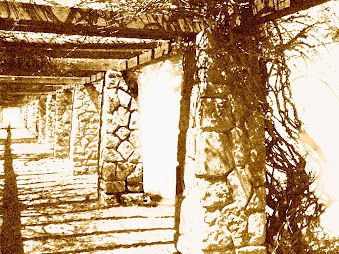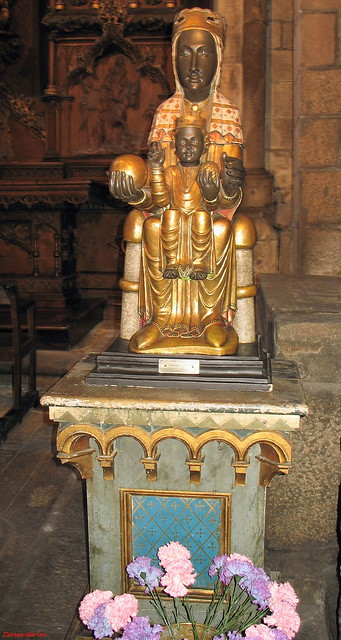
In my previous post I discussed Alzheimer's, and I mentioned my Grandmother, who I loved dearly as a child. I became her caretaker at around the age of 12 when she developed Alzheimer's, until she died when I was 16. I still have a kind of empty place when I try to remember those years.
I wanted to write down this story, because I feel it's important to the previous post, a gift, I believe, from my grandmother, whose name was Glen.

Glen was from Nebraska, and she married my grandfather, who died long before I was born, when she was in her 20's. He was considerably older than her, and died in his early 50's, leaving a young widow in a small farming town with a small boy to raise in the midst of the Great Depression. Perhaps, with no money, she had no other choice but to leave her homeland, or perhaps she wanted to make a new start; but whatever her reasons may have been, like many during this time, my grandmother took my father and went west to California. In Los Angeles she worked as a seamstress.
Right or wrong, when Glenn developed dementia, my father would not put her into a nursing home, but confined her to a room in our house. When we went to Afghanistan in 1963 (he worked for A.I.D.) she went with us, and lived her last years in our house there, no longer the grandmother I knew. When she died my father took her body back to the States, to the little town of Dewitt where her husband was buried. It was never discussed again.
In 2005, I was driving cross country to a residency in Connecticut. One day out from Tucson, I stopped at a rest stop in New Mexico for lunch. Sitting at a picnic table, I noticed something shiny under the table, and looking down saw a pair of pliers by my feet. Expensive looking pliers........so, since no one was around to claim them, I threw them on the floor of the car when I got ready to leave, and didn't think about it again.
Somewhere around Missouri, I had the idea of taking a little detour, and seeing if I could visit my Grandmother's grave. No one had been there since my father took her body there all those years ago, and if I didn't go, no one ever would again. I wondered if the little town of Dewitt even existed still? But there it was on the map, not far from Beatrice. So I headed north, visited the Prairie museum, found Dewitt, and found at last the little graveyard.
I remembered visiting that site when I was a child with my family, and I remembered the Black Eyed Susans that were ubiquitous - so that's what I planted at her grave. Then I explored Dewitt, a town of about 1000 people. Dewitt, surprisingly for such a small town in the Prairie Lands, seemed to be prospering, due to the Tool and Die company there, which was founded by a Danish immigrant named William Petersen in the 1920's. There was even a little Dewitt museum with historical information, and a bronze statue of Mr. Petersen was proudly displayed on the green lawn at its entrance.
** 
It should be obvious where this is leading, but not to me at the time............I went on down the road, happy about my detour to my Grandmother's grave, and ended up in Connecticut eventually. Where, when cleaning out my car, I found that pair of pliers on the floor. On each side, they were stamped:
"Vise-Grip: The Original".

So now I never go anywhere without my "magical pliers", which I like to think my Angel in Nebraska provided for me.
 Nebraska Sunflowers
Nebraska Sunflowers **I am very sad to learn, from
Wikipedia, that "On October 31, 2008 the plant was closed and 330 jobs were lost when manufacturing of Vise-Grips and other tools moved to China."














![[Digitized image of Our Lady of Montserrat]](http://www.udayton.edu/mary/images/olmont.jpg)










